This article was co-authored by wikiHow staff writer, Jennifer Mueller, JD. Jennifer Mueller is a wikiHow Content Creator. She specializes in reviewing, fact-checking, and evaluating wikiHow's content to ensure thoroughness and accuracy. Jennifer holds a JD from Indiana University Maurer School of Law in 2006.
There are 10 references cited in this article, which can be found at the bottom of the page.
This article has been viewed 65,095 times.
Learn more...
You may have seen activated charcoal touted as the way to get a bright set of pearly whites – and there are a lot of toothpaste and natural health companies jumping on the bandwagon with activated charcoal toothpastes and whitening pastes. The traditional way to use activated charcoal for teeth whitening is to crush a charcoal tablet in water to form a paste you rub or brush on your teeth. Before you take the leap, be aware that the American Dental Association (ADA) warns that activated charcoal may damage the enamel of your teeth if used incorrectly, leading to increased tooth sensitivity.[1]
Steps
Choosing an Appropriate Product
-
1Consult your dentist for recommendations and advice. Before you start using activated charcoal, schedule an appointment with your dentist. Let them know that you're interested in using activated charcoal to whiten your teeth. They may have products they can recommend.[2]
- Your dentist can also properly evaluate your oral health and let you know if activated charcoal could possibly harm your teeth or gums.
-
2Try a toothpaste with activated charcoal added first. An activated charcoal toothpaste will be less abrasive than an activated charcoal paste, as well as easier to clean off your teeth. If you've never tried activated charcoal before, you may want to start with a toothpaste first.[3]
- While activated charcoal may be good at removing surface stains, toothpastes are largely ineffective at whitening your teeth because they don't stay in contact with your teeth long enough. However, if you smoke or drink coffee, your teeth may seem whiter after using an activated charcoal toothpaste.[4]
Tip: Many dentists recommend trying an activated charcoal toothpaste first to see how your teeth react. If you notice an increase in sensitivity or bleeding gums, discontinue use and try a gentler whitening method.
Advertisement -
3Make your own paste with tablets if you have healthy teeth and gums. Making your own activated charcoal paste is typically less expensive than pre-made branded products. Additionally, you avoid other ingredients in pre-made products that may lessen the effectiveness of the activated charcoal.[5]
- Activated charcoal tablets are available online and at some natural food or health and beauty stores. Activated charcoal is also available in capsule form. You would need to break open the capsule to use the charcoal on your teeth.
- Read the information on the package carefully and make sure the tablets you buy are okay to use in your mouth.
- Although paste made with tablets is typically more abrasive than branded activated charcoal products, you can control the abrasiveness depending on how finely you crush up the charcoal.
Using Activated Charcoal Properly
-
1Crush a tablet of activated charcoal into a cup or bowl. Take a single tablet of activated charcoal out of the bottle and drop it into a small cup or bowl. You may want to use the back of a spoon to crush it up a little bit.[6]
- The finer the consistency of the activated charcoal, the less abrasive your paste will be. Try not to leave any large or jagged pieces of charcoal, as these could damage your teeth or gums.
Variation: If you're using capsules, open up 1 or 2 capsules into the bottom of your cup or bowl. Make sure you don't get any of the capsule casing mixed in with the activated charcoal powder.
-
2Pour about 1 teaspoon (5 mL) of water over the charcoal to form a paste. Once you've sufficiently crushed up the activated charcoal tablet, mix it with water to until it has a consistent paste-like consistency.[7]
- Adding more water and crushing the charcoal more will make your paste less abrasive. However, you should only add a few drops of water at a time. If the paste becomes too watery, it won't adhere to your teeth.
-
3Apply the paste to your teeth with a soft-bristled toothbrush. Dip a soft toothbrush into the paste and brush it gently on the exposed surfaces of your teeth. Use light pressure to keep from scrubbing too hard – you might damage your teeth's enamel.[8]
- Be sure to use a different toothbrush than the one you regularly use to brush your teeth – small bits of charcoal will get trapped in the bristles, and the bristles themselves will become stained.
- Get a toothbrush with the softest bristles you can find to minimize the abrasiveness. You might try a child's toothbrush, which typically has softer bristles than an adult toothbrush.
Variation: If you're concerned about the abrasiveness of the activated charcoal paste and want to protect your enamel, you might apply it to your teeth with your fingertip instead of a toothbrush.
-
4Leave the paste on your teeth for 3 minutes, then rinse. Once you've covered your teeth in the activated charcoal paste, wait for 3 minutes to allow the charcoal to do its work. Rinse your mouth with cool water repeatedly until you are no longer spitting any charcoal fragments.[9]
- After rinsing with water, you may want to follow up with a regular mouth rinse so your mouth doesn't taste like charcoal.
- When you first start, you may have a hard time leaving the activated charcoal in your mouth for 3 minutes. Start with 1 minute and work your way up.
-
5Brush and floss like normal after using activated charcoal. Using activated charcoal is not the same as brushing and flossing your teeth, and doesn't take the place of regular dental hygiene. Even while using activated charcoal, follow a normal routine of brushing your teeth at least twice a day.[10]
- Monitor your teeth and gums carefully when you brush your teeth after using activated charcoal. Discontinue your activated charcoal treatments if you notice your gums bleeding, or if your teeth feel rough or more sensitive than usual.
-
6Treat your teeth with activated charcoal at most once every 2 weeks. Activated charcoal is abrasive, and repeated treatments will damage your enamel. Once you lose enamel there's no way to get it back. Using activated charcoal sparingly minimizes cumulative damage.
- The primary benefit of activated charcoal is the removal of surface stains from your teeth. Waiting a couple of weeks will allow a buildup of stains so the charcoal doesn't start eating away at your enamel.
Exploring Whitening Alternatives
-
1Make your own whitening toothpaste with natural ingredients. A mixture of baking soda and hydrogen peroxide may whiten your teeth. Dip your toothbrush in hydrogen peroxide, then dip it in baking soda. Brush your teeth for 2 minutes, then rinse well.[11]
- While baking soda is less abrasive than activated charcoal, it's still abrasive. Use this treatment no more than 2 or 3 times a week, and don't use it as a substitute for regular brushing and flossing.
Protect Your Enamel: Don't scrub vigorously when using baking soda. Rub it onto your teeth gently to prevent excessive wear to your teeth and gums.
-
2Drink water with dark foods and drinks to minimize staining. Coffee, red wine, pomegranates, and other dark foods and drinks are known to stain your teeth. If you drink water while eating or drinking, the water helps to rinse the stains away, keeping your mouth clean.[12]
- Smoking can also stain your teeth. If you're a smoker, consider cutting back or making a plan to quit if you want a whiter smile. In the meantime, consider using a smoker's toothpaste that is designed to fight tobacco stains.
-
3Eat foods that help keep your teeth clean. The types of food that you eat can help naturally brighten your smile without having to resort to harsh treatments. Fill up on crunchy raw foods that naturally brush the surface of your teeth, such as celery and apples.[13]
- These foods also help remove bacteria from your mouth and teeth, which can help prevent cavities and gum disease.
-
4Try oil pulling to remove bacteria from your teeth. Swish 1 tablespoon (15 mL) of coconut, sunflower, or sesame oil for 1 minute after brushing and flossing. Rinse your mouth out thoroughly after spitting out the oil.[14]
- Oil pulling is an ancient treatment that may help remove surface stains from your teeth to give you a brighter smile.
- There aren't any scientific studies that prove oil pulling is actually beneficial for your oral health or will help whiten your teeth. Although oil pulling isn't abrasive and won't harm the enamel of your teeth, you should still consult your dentist before trying this treatment.
Tip: Oil pulling is generally considered safe to do as often as daily, but start with once a week and work up from there if you see results that you like.
-
5Talk to your dentist about in-office whitening treatments. Whitening treatments at your dentist's office are the only guaranteed way to get a whiter smile. There are a number of different methods available, some of which may even be covered by your dental insurance.[15]
- Your dentist will also be able to talk to you about why your teeth are discolored. Some discoloration is genetic, and no whitening treatments will help.
Warnings
- Activated charcoal may damage any fillings, crowns, or other dental work. If you've had damaged or broken teeth repaired, talk to your dentist before trying activated charcoal toothpaste or tablets.⧼thumbs_response⧽
- Do not attempt to use activated charcoal to whiten your teeth if you have gum disease, or if your gums typically bleed when you brush your teeth normally.⧼thumbs_response⧽
- Consult your dentist before trying any at-home whitening methods to be sure that the method is safe for your teeth.⧼thumbs_response⧽
Things You'll Need
Using Activated Charcoal Properly
- Activated charcoal tablets
- Bowl or cup
- Water
- Soft-bristled toothbrush
Exploring Whitening Alternatives
- Baking soda
- Hydrogen peroxide
- Coconut, sunflower, or sesame oil
References
- ↑ https://www.ada.org/resources/research/science-and-research-institute/oral-health-topics/whitening
- ↑ https://www.mouthhealthy.org/en/az-topics/w/natural-teeth-whitening
- ↑ https://www.livescience.com/does-charcoal-toothpaste-whiten-teeth.html
- ↑ https://www.harpersbazaar.com/beauty/health/advice/a3764/charcoal-toothpaste-pros-cons/
- ↑ https://www.besthealthmag.ca/best-you/health/activated-charcoal-improve-health/
- ↑ https://www.besthealthmag.ca/best-you/health/activated-charcoal-improve-health/
- ↑ https://www.besthealthmag.ca/best-you/health/activated-charcoal-improve-health/
- ↑ https://blog.freepeople.com/2012/08/ways-activated-charcoal-beauty-routine/
- ↑ https://www.besthealthmag.ca/best-you/health/activated-charcoal-improve-health/
- ↑ https://www.dentaly.org/us/teeth-whitening/activated-charcoal-teeth/#Conclusion
- ↑ https://www.newhealthguide.org/Brushing-Teeth-With-Baking-Soda.html
- ↑ https://www.wellandgood.com/good-looks/natural-ways-to-whiten-teeth/
- ↑ https://www.wellandgood.com/good-looks/natural-ways-to-whiten-teeth/
- ↑ https://www.medicalnewstoday.com/articles/322421.php
- ↑ https://www.ada.org/resources/research/science-and-research-institute/oral-health-topics/whitening
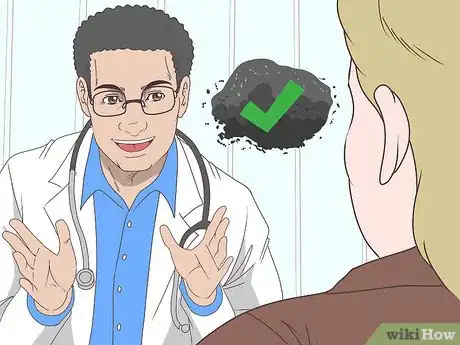
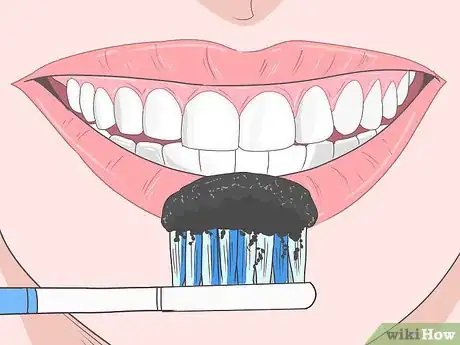
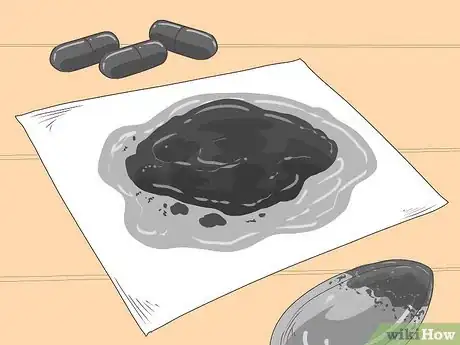
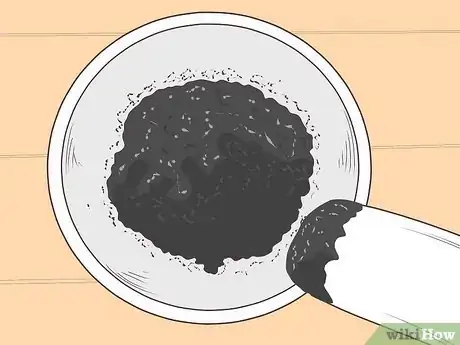
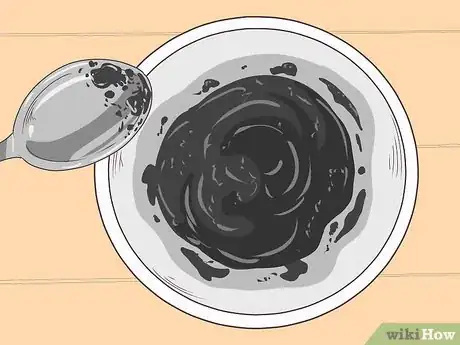
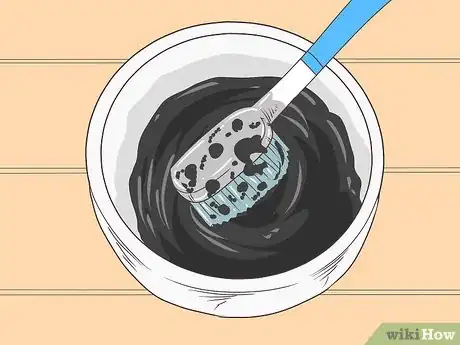
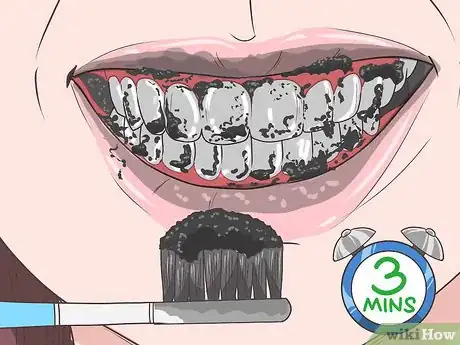
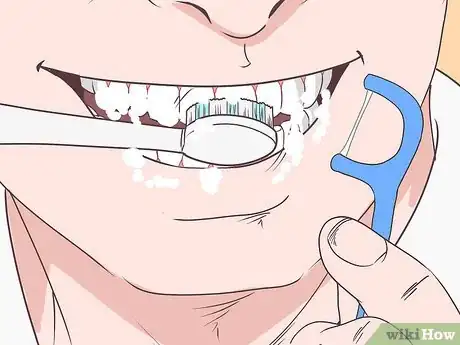
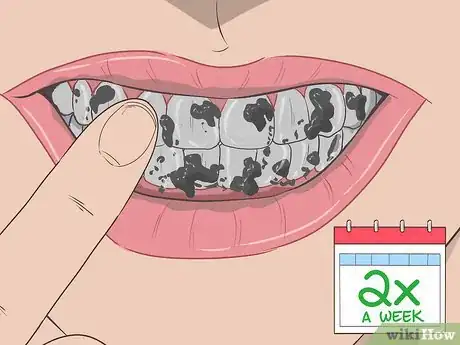
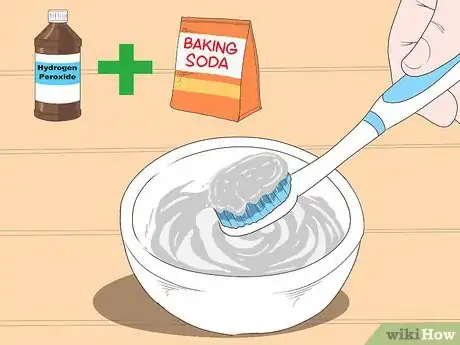
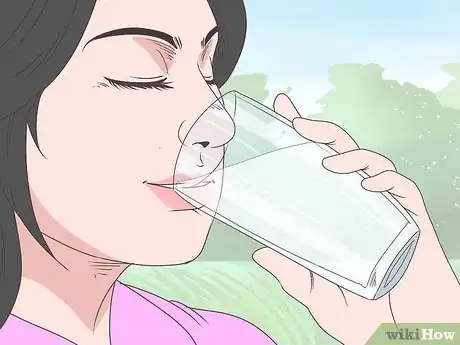
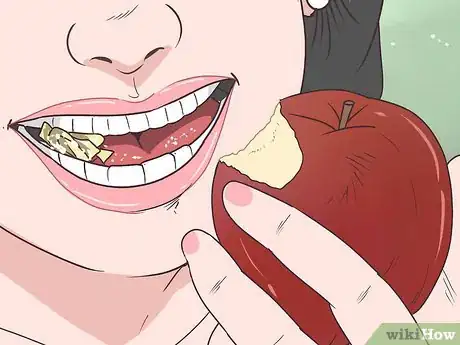
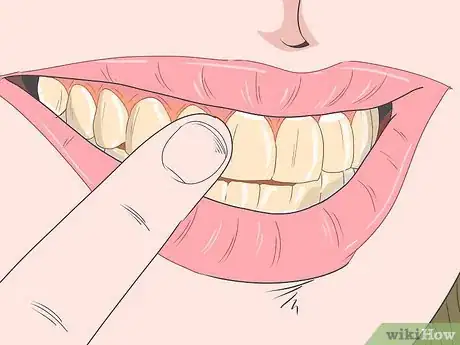


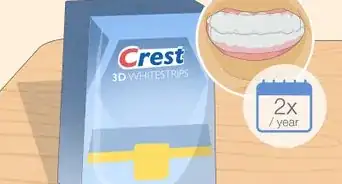

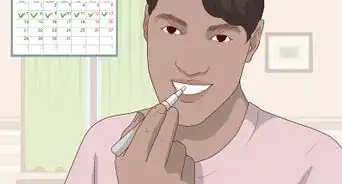

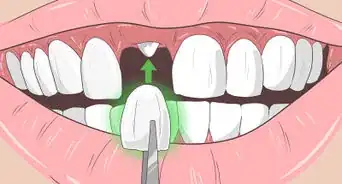

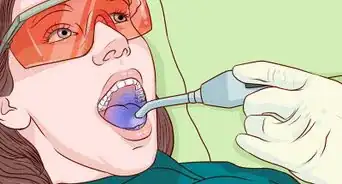
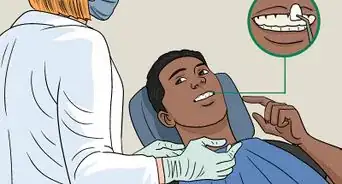
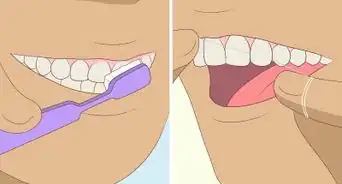

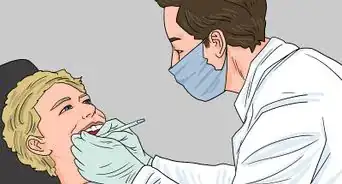










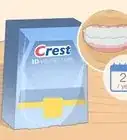
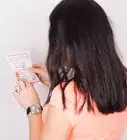




































Medical Disclaimer
The content of this article is not intended to be a substitute for professional medical advice, examination, diagnosis, or treatment. You should always contact your doctor or other qualified healthcare professional before starting, changing, or stopping any kind of health treatment.
Read More...